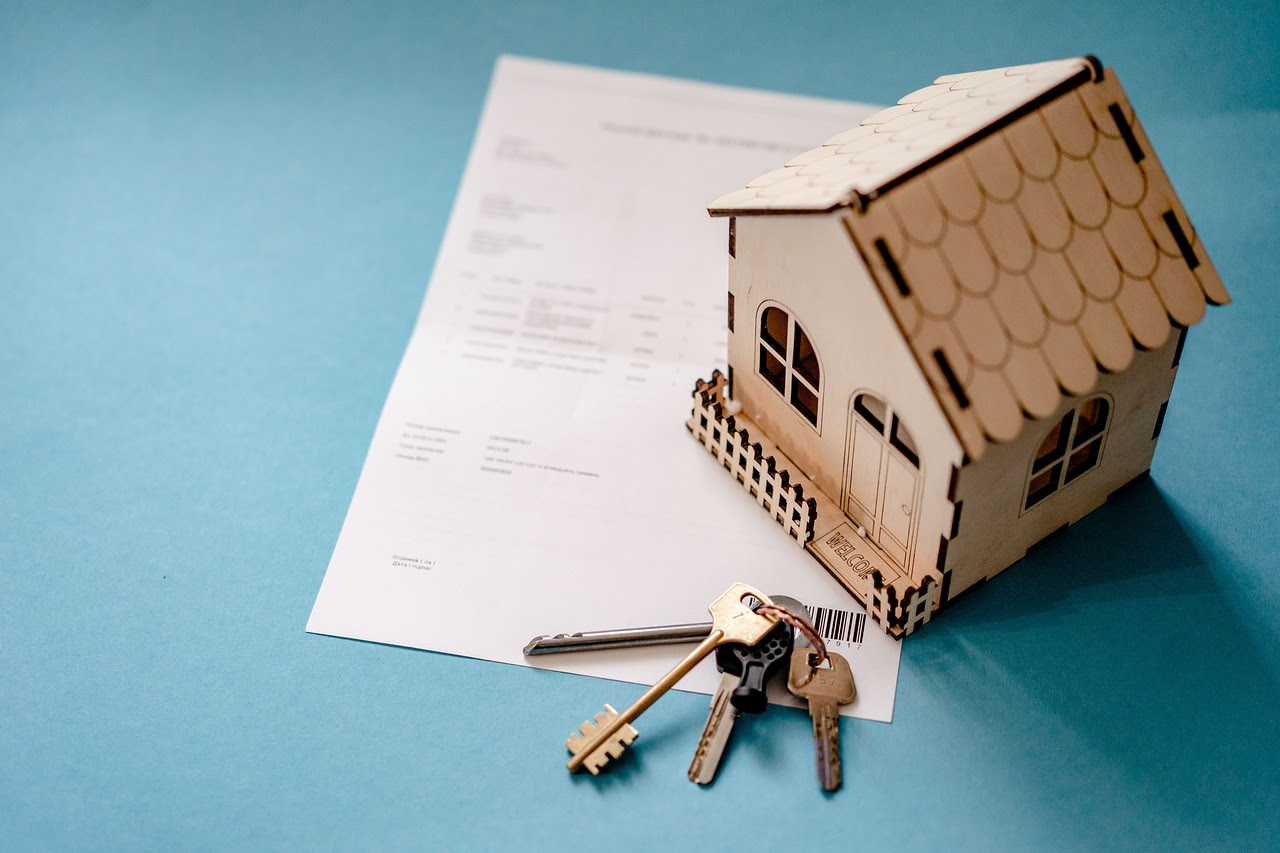
If you're selling and/or buying a home right now, you probably don't need reminding that the average interest rate on 30-year loans has continued to climb.
Unsurprisingly, this is a key focus and concern for buyers and the biggest current objection to going ahead with a home purchase.
This is why you might have heard more about temporary mortgage buydowns recently. But exactly what are they and how can they benefit your home sale and/or purchase?
Essentially a temporary buydown enables a borrower to obtain a lower payment by paying the interest up front as part of their closing costs
This is a one-time up-front payment, lowering the interest rate, usually for the first years of the loan.
The result is to reduce the borrower's monthly payments, making the home more affordable and, consequently, more attractive. It also helps buyers to actually qualify for the loan.
As a seller, you are in a great place to help buyers, and not have to keep dropping your price, if you pay down the rate yourself for the buyer. This commonly comes out of the proceeds of your home. According to Dewey Warner of Intercap Lending, Cedar City, sellers can volunteer to pay up to 3% on every loan program out there.
In competitive markets, sellers sometimes offer to pay the buyer's closing costs, or a share of them, so a buydown can arguably be seen as a variation of this.
We're grateful to Dewey for this typical illustration of how it all works:
For a $300,000 home loan at 6.75%, the monthly payment is $1945.
Below are the effects, over the first two years, of a buydown payment of $6,912:
At 4.75% the monthly payment is $1,564, providing first year savings of $381x12 months = $4,572
At 5.75% the monthly payment is $1,750, providing second year savings of $195x12 months = $2,340
Clearly, this makes payments a lot more manageable for the buyer over the crucial first couple of years, in the hope that rates will have fallen in that time, facilitating a more affordable refinance option down the line.
